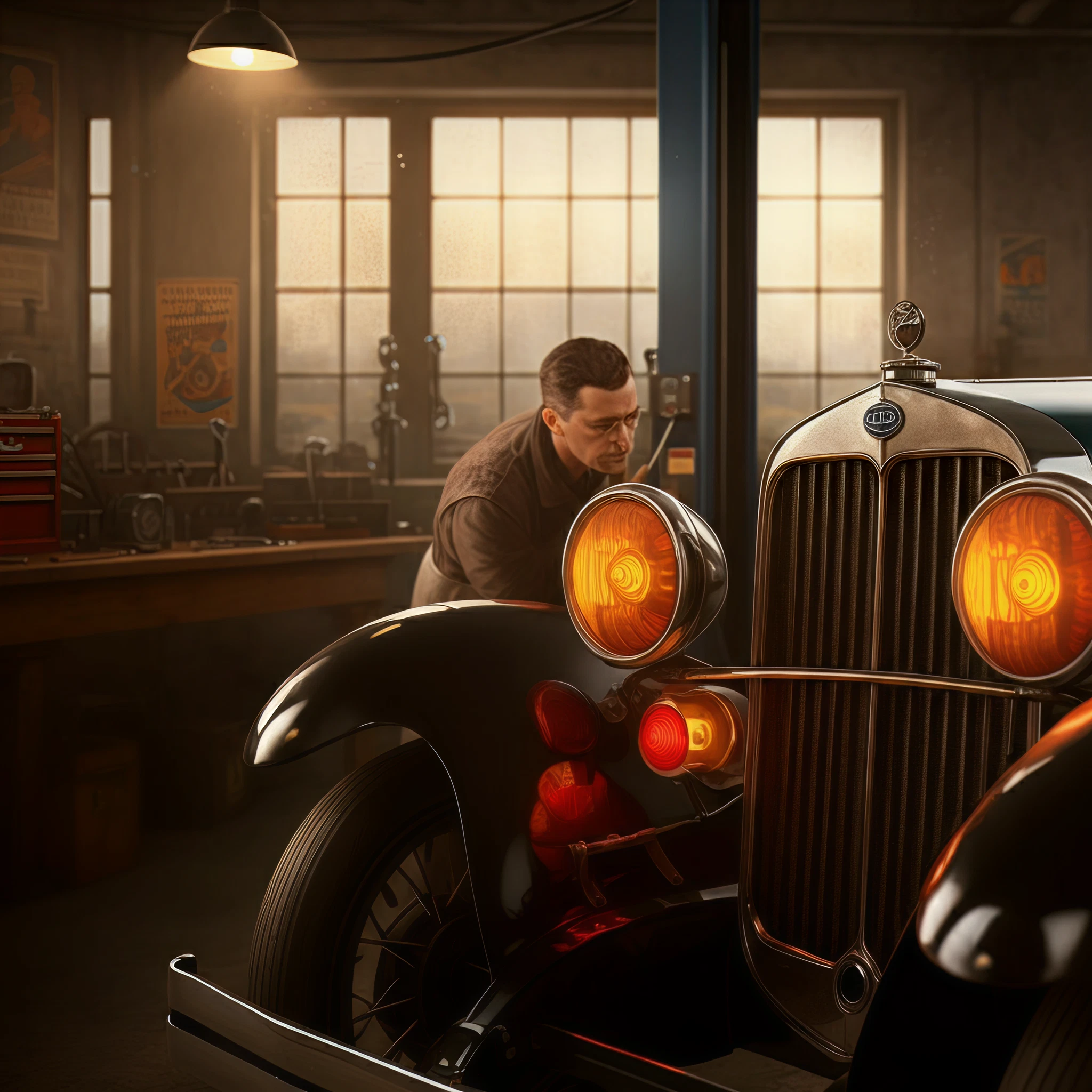The automobile industry has come a long way from manual crank engines to self-driving cars, but one often-overlooked innovation that transformed road safety is the turn signal. An indispensable part of every car today, turn signals play a vital role in communication between drivers. Ever wondered when turn signals were invented or how they came to be? Here’s everything you need to know about the history and evolution of this essential automotive feature.
Early Signaling Methods
Before the invention of electric turn signals, drivers relied on rudimentary and manual methods to indicate their intentions. These included:
- Hand Signals: Drivers would extend their arms out of the car window to indicate left or right turns or stops.
- Mechanical Flag Signals: Early cars often had mechanical arms or semaphore-style flags, which could be manually raised or lowered. While innovative for their time, they were cumbersome and highly unreliable in bad weather or at night.
Clearly, a more efficient and universal system was needed to improve communication on the road.
The Invention of Turn Signals
The first electric turn signal as we know it today was invented in 1925 by Edgar A. Walz Jr., who patented an “automatic signaling arm.” However, it wasn’t widely adopted initially as the automotive industry hadn’t yet recognized its full potential.
It wasn’t until 1939 that turn signals gained prominence when Buick became the first automaker to include them as standard equipment in their vehicles. These early systems used flashing lights to indicate directional turns, a concept that quickly gained popularity for its simplicity and effectiveness.
Adoption and Evolution
By the 1950s, turn signals had become a standard feature in most vehicles across the United States and Europe. This era also saw significant innovation and improvements in the technology:
- Electromechanical Systems: These systems used a combination of relays and circuits to flash turn signals at consistent intervals.
- Integrated Designs: Turn signals began to be integrated into the vehicle’s tail lights and headlights, making them more visible to other drivers during both day and night.
- Steering Column Control: The modern lever-operated turn signal was introduced, allowing drivers to conveniently signal turns without taking their hands off the wheel.
Fast forward to today, and we now have turn signals that use LED lights or are embedded within side mirrors, offering improved visibility and durability.
The Impact of Turn Signals on Road Safety
The introduction of turn signals revolutionized driving and significantly improved road safety by:
- Reducing Accidents: Clear signaling allows drivers and pedestrians to predict the movement of a vehicle, decreasing the risk of collisions.
- Enhancing Traffic Flow: Turn signals create better communication between drivers, contributing to smoother traffic patterns and reducing congestion.
- Standardizing Communication: Unlike inconsistent manual signals, electric turn signals provide a universal system that is easy to understand.
According to studies, failure to use turn signals is one of the leading causes of accidents, underscoring their importance in everyday driving.
Why Turn Signals Are Still Relevant Today
Despite the rise of autonomous vehicles and advanced driving systems, turn signals remain a fundamental safety feature. They have evolved to suit modern technology, such as:
- Adaptive Lighting: Advanced turn signals adjust their brightness based on ambient light conditions.
- Automatic Signaling: Some modern cars automatically activate turn signals when a driver initiates a lane change or turn.
- Smart Vehicle Integration: With the development of connected cars, turn signals may eventually integrate with traffic management systems for automated communication.
Conclusion
From their humble beginnings as hand signals to the advanced turn signal systems in today’s cars, this invention has made driving safer and more efficient for everyone. Turn signals not only represent a technological milestone in automotive history but also highlight the importance of simple yet functional designs in ensuring public safety.
If you’re as fascinated by automotive history as we are, be sure to explore more of our deep dives into the evolution of car technology. Share this piece with a fellow car enthusiast or history buff!








